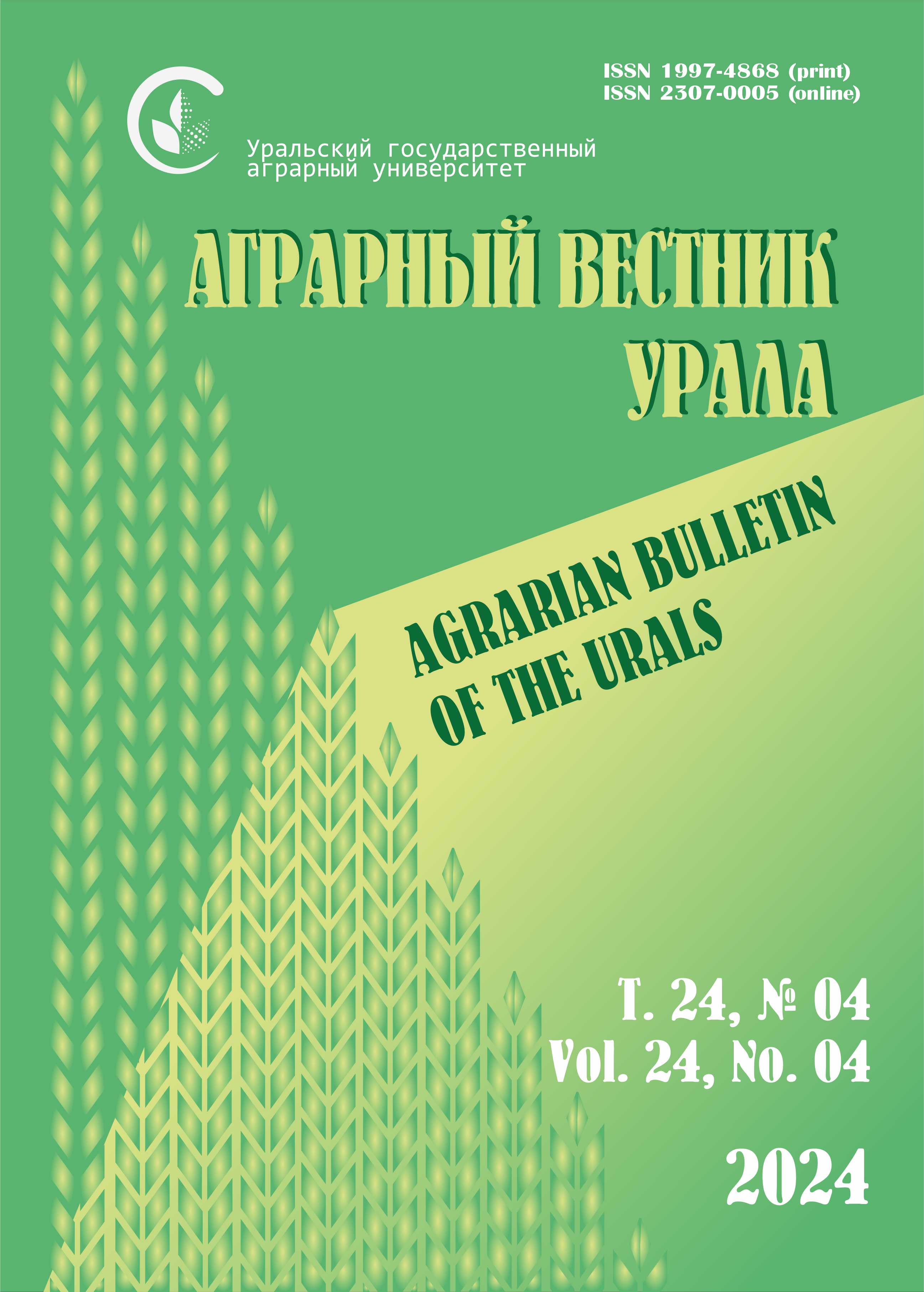Authors:
V. I. TRUKHACHEV, academician of RAS, professor,
V. P. TOLOKONNIKOV, doctor of veterinary sciences, professor,
O. D. CHEPELEVA, postgraduate student,
Stavropol State Agrarian University (12 Zootechniсheskii Av., 355017, Stavropol; tel.: +7 962 453-40-21, +7 919 732-75-53; e-mail: This email address is being protected from spambots. You need JavaScript enabled to view it., This email address is being protected from spambots. You need JavaScript enabled to view it.).
Abstract. Authors describe pathologic features of functioning of parasitic system with wolfartiosis of sheep, as an indicator of the pathogenic nature of the impact of parasitic larvae W. magnifica on the host organism. Found that the functioning of the parasitic system in the obligate wolfartiosis is characterized by molecular-biochemical relationships, which are valid only in the preservation of parasites and their host’s properties of living organisms in the time interval of existence of the parasitic system. The structure of spatial relations agents’ of wolfartiosis with the owner is characterized by larval parasitism. Larvae W. magnifica are not true parasites because of their inability to breach the integrity of the skin of the host and the inability to parasitize on intact skin. They are endoparasites and are classified as half-sunk in the tissue of the host. This method of parasitism is called a transition; it is due to the relative youth of evolutionary dipteran insects and their relatively recent transition to parasitism. Ontogeny leveling phases of W. magnifica continues 5–6 days. Parasites feed on tissues and blood of the host. In the development of myiasis, the larvae secrete enzymes of the salivary glands in the surrounding tissue of the host organism, where is their hydrolytic effect. Histomorphological changes with wolfartiosis demonstrated: the formation of extensive destructive process, edema surrounding tissue; disruption of the stroma and structural elements; severe circulatory disorders, hyperemia, the formation of red blood cell stasis, aggregation of red blood cells; perivascular hemorrhages, hydropic degeneration of the cell elements, necrosis of the tissue; polymorphonuclear leukocyte infiltration of the affected organs and tissues; the presence of blood vessels in the granulation tissue opening into the lumen of the wound. Thus, the development of larvae of W. magnifica calls in the host organism significant (or irreversible, with a high level of infection intensity) changes of homeostasis. The prognostic importance has indices of intensity of infestation, area and localization of myiasis.
Keywords: wolfartiosis, parasitic larvae, sheep, pathological changes, host organism.











